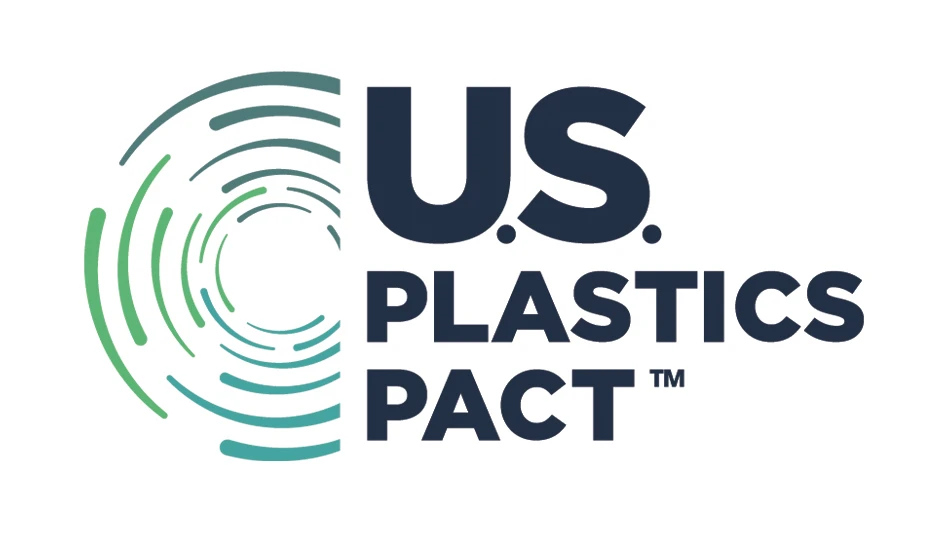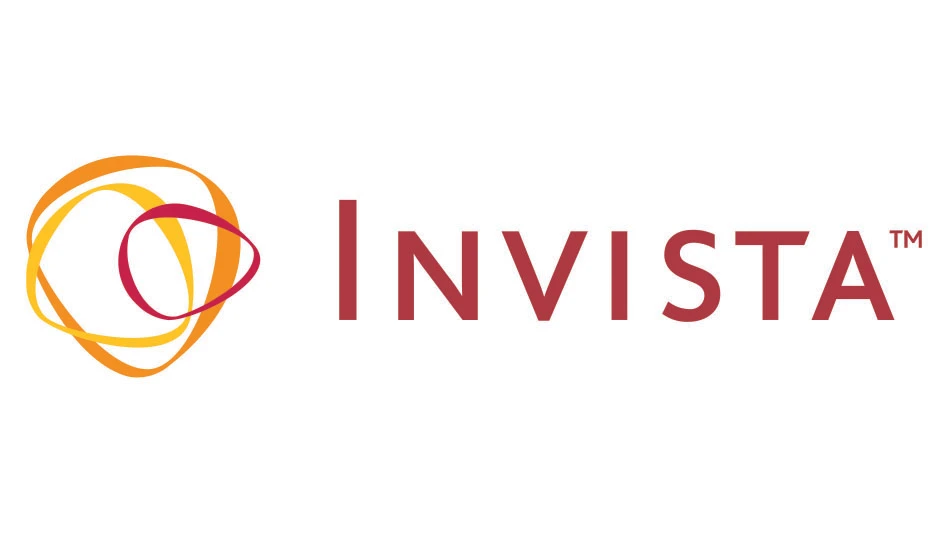
Finnish scrap processing firm Kajaanin Romu Oy has recently begun operating an automated sorting plant downstream of its shredder designed to thoroughly capture the metallic portion of automotive shredder residue (ASR). At the plant, nonferrous metals are separated into “light” and “heavy” fractions during the same processing stage.
This single-stage method is designed to allow Kajaanin Romu to economically produce fractions that can be sold profitably. Moreover, the plant significantly reduces the costs of disposing of material at landfills.
Sonthofen, Germany-based BHS-Sonthofen designed and built the plant, which is the first such single-stage processing line the company has installed.
Addressing the problem
Kajaanin Romu considers itself to be operating one of Finland’s most cutting-edge plants for recycling scrap. The metal shredder is in the town of Kajaani, located approximately 500 kilometres (310 miles) northeast of Helsinki.

The company commissioned BHS-Sonthofen to design and install the plant to process the ASR fine fractions with a particle size smaller than 30 millimetres (1.2 inches). This fraction can contain large quantities of valuable metals.
Experience with operating shredders in the context of recycling has proven time and again that the heavy nonferrous fractions (red metals and precious metals) of material left over after shredding and processing large automotive, electrical or other scrap components still hold value, especially if precious metals are present.
A tonne of these fines can contain up to 20 grams (0.7 ounces) of gold and up to 300 grams (10.5 ounces) of silver, as well as platinum and other precious and nonferrous metals.
BHS previously had supplied several plants for capturing and recycling the ASR left over from shredding cars and other vehicles. The main component of these plants is a rotor impact mill type RPMV, manufactured exclusively by BHS-Sonthofen. These plants not only separate nonferrous metals from other materials but also shape them into balls.
Operators of ASR plants supplied by BHS-Sonthofen say they can earn about €3,000 ($3,290) more per tonne when selling substances such as heavy fractions of nonferrous metals, noting that the plants pay for themselves within nine to 12 months.
The BHS RPMV rotor impact mill features horseshoe-shaped hammers, a configuration different from competing hammers. The inside features a rotating plate to which the impact elements are attached. The material to be processed is fed into the machine from above via a central inlet pipe. When it impacts with the rotor, the material is accelerated toward the outside through centrifugal force, where the hammers hit it and throw it against the outer wall. Upon impact, the material to be processed breaks.

After the material rebounds from the anvil ring, it connects with the hammers once again, further crushing it, shaping it into balls and throwing it back against the anvil ring. This is repeated until the material leaves the rotor through the gap between the rotor and the anvil ring and falls through the two outlet shafts.
Since the gap between the horseshoe-shaped hammers and the anvil ring is adjustable and the circumferential speed of the rotor is variable, the rotor impact mill can be used for many tasks.
The hammers can be removed, installed and adjusted manually without tools or lifting gear. The virtually constant gap between the anvil and the hammers is designed to ensure consistent quality of the end products throughout the entire service life of the wear parts. The entire inlet cover can be rotated for optimum accessibility, which can greatly simplify maintenance of the machine.
New stages, new rewards
BHS has added another stage to the plant: Metals now undergo secondary cleaning, and nonferrous metals are separated into heavy and light batches in a single processing stage.
The first of these new types of plants with increased fine fraction processing has been in operation at Kajaanin Romu since the spring of 2016. The Finnish recycling company learned about the new machine at IFAT in June 2014 and placed an order for it a mere three months later. The plant went into test operation procedures in the fall of 2015.
The plant is fed fine fractions with a particle size smaller than 30 millimetres (less than 1.2 inches) from the automotive shredder, thus sorting fractions that were not introduced to the previous sorting system. In the first stage, the feed material is crushed and the light materials are separated. In the second stage, the remaining material is screened and separated into different fractions.
During Stage 1, mechanical crushing, a type RPMV 1513 rotor is the centrepiece. It is designed to work selectively, finely crushing brittle materials, such as mineral substances, glass and castings, and separating composites. Elastic materials, such as rubber, remain intact.

The metals can be reclaimed because the rotor impact mill shapes the ductile metals into balls. This is necessary for nonferrous metals to be cleanly separated from other materials in the downstream process. The material, which often is originally long and flat, must be as compact and as round as possible to enable separation of nonferrous metal pieces in subsequent processing stages.
Each batch passes through the mill several times. Before each step, light material and dust are removed and discharged. The rotor speed and the number of cycles can be altered to adjust the machine’s crushing behaviour.
Stage 2, separation, takes place after the last cycle in the rotor impact mill, when the material passes through a hopper into a screening machine that separates it into three fractions: material 3 millimetres (0.12 inches) or smaller, 3-to-6-millimetre (0.12-to-0.24-inch) material and 6-to-12-millimetre (0.24-to-0.48-inch) material. Each of these is density separated into heavy and light fractions. Magnetic separators separate heavy material into magnetic and nonmagnetic metallic fractions.
As a new feature in this processing stage, nonferrous metals are then immediately separated into heavy (e.g., copper, gold and silver) and light (e.g., aluminium) fractions. This is designed to ensure all metals are cleanly separated into individual fractions during a single processing stage. Moreover, the plant also generates a second light fraction primarily consisting of plastic pieces that is suitable for thermal use and may not need to be landfilled.
Two hoppers—one in the process before the rotor impact mill and one before the separation stage—split the individual batches. BHS designed the setup for virtually continuous operation: While the rotor impact mill is working, another batch is prepared in the mill cycle and a third one is screened and sorted.
Desired cleanliness
Based on test operations completed at the end of 2015 and the plant’s production beginning in the spring of 2016, it has been achieving roughly 10 tonnes per hour in throughput.
Along with the previously mentioned volumes of precious metals, such as gold, silver and platinum, the nonferrous metal fraction includes large quantities of aluminium, copper and brass, all of which are marketable. The proportion of saleable nonferrous metals amounts to 5% to 7% of the delivered ASR volume.
The entire process is largely automated, and only one employee is required to control and monitor the plant. Another employee spends about half of his or her working hours on the material logistics.
BHS’ ASR plants are suitable for processing fines from automotive shredders, waste incineration plant slag and shredded electronic scrap. This means recycling companies can adapt their product portfolios to meet increasing requirements: The higher the proportion of electronic components and platinum in vehicles and electronic devices, the greater the volume of valuable substances that can be brought back into the materials recovery process.
Latest from Recycling Today
- NRC seeks speakers for October event
- LME identifies Hong Kong warehouses
- Greenville, Mississippi, launches aluminum can recycling program
- Cotton Lives On kicks off 2025 recycling activities
- Georgia-Pacific names president of corrugated business
- Sev.en Global Investments completes acquisitions of Celsa Steel UK, Celsa Nordic
- Wisconsin Aluminum Foundry is a finalist for US manufacturing leadership award
- MetalX announces leadership appointments





